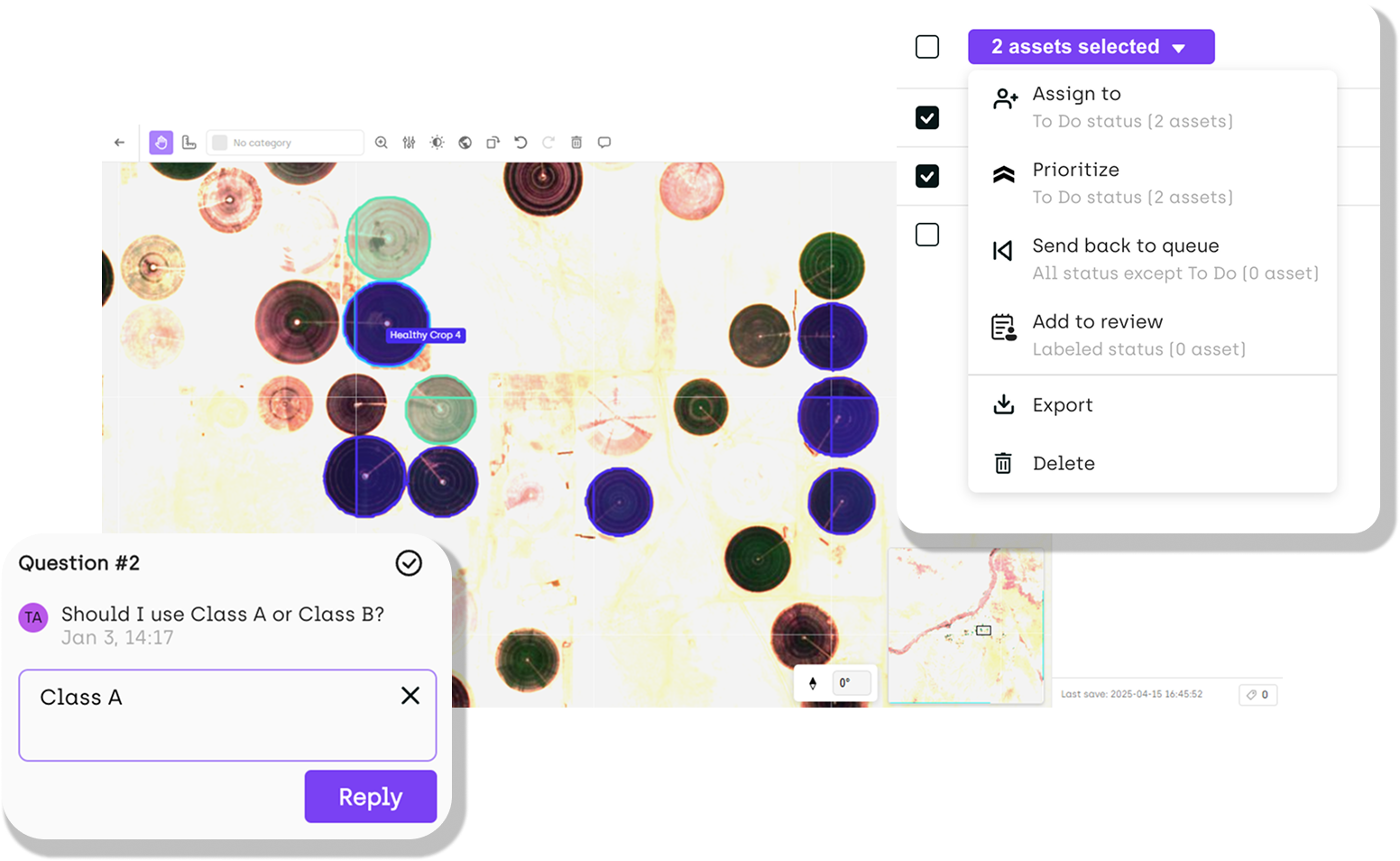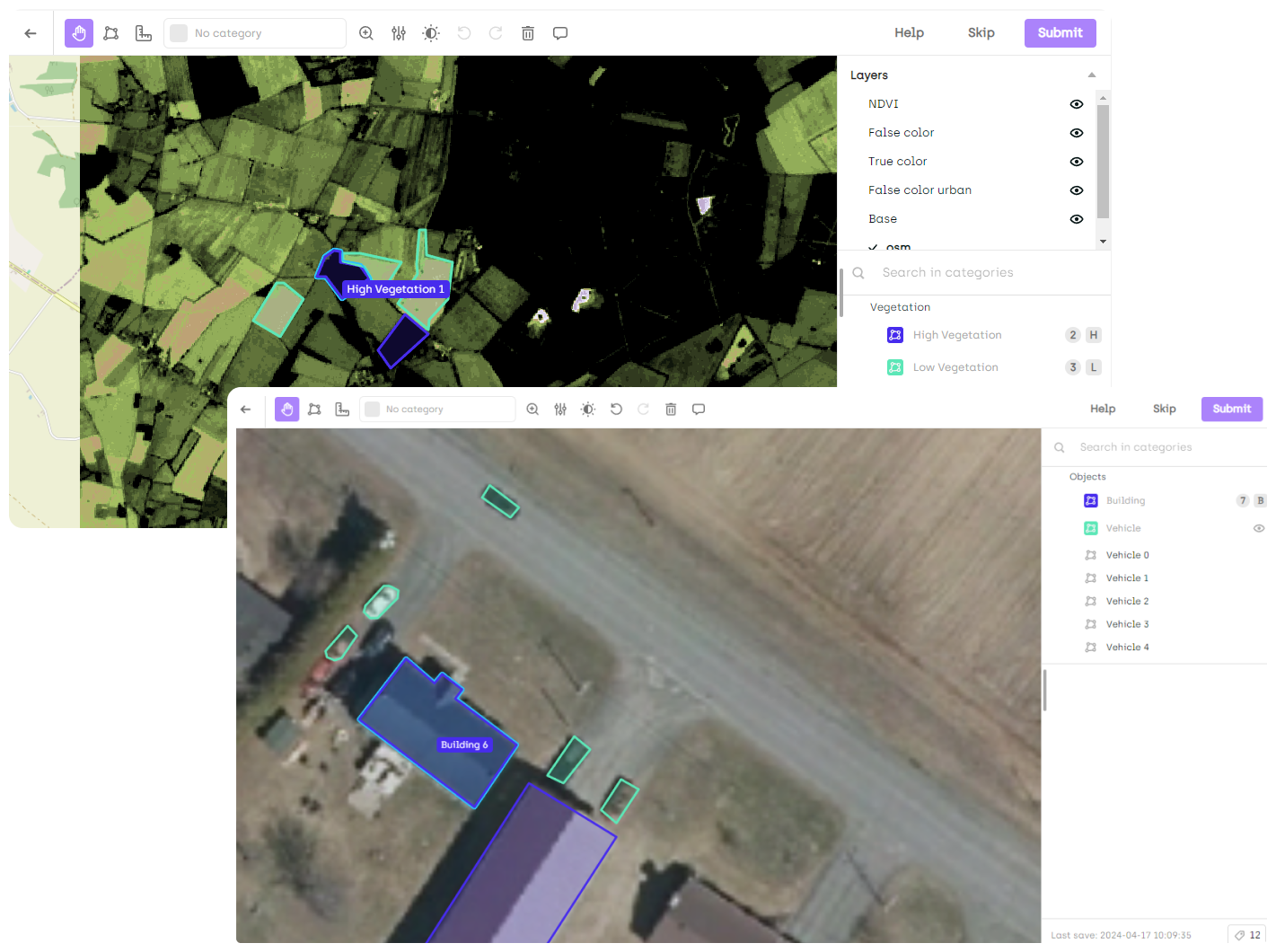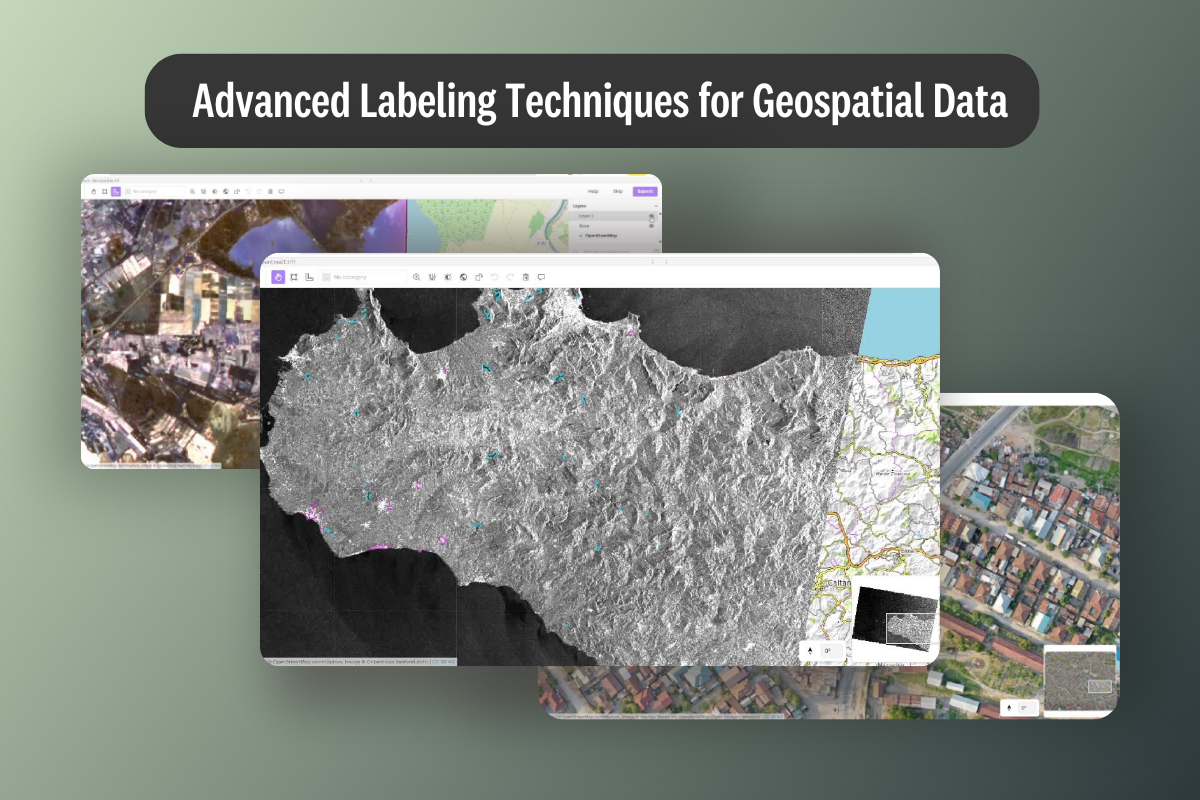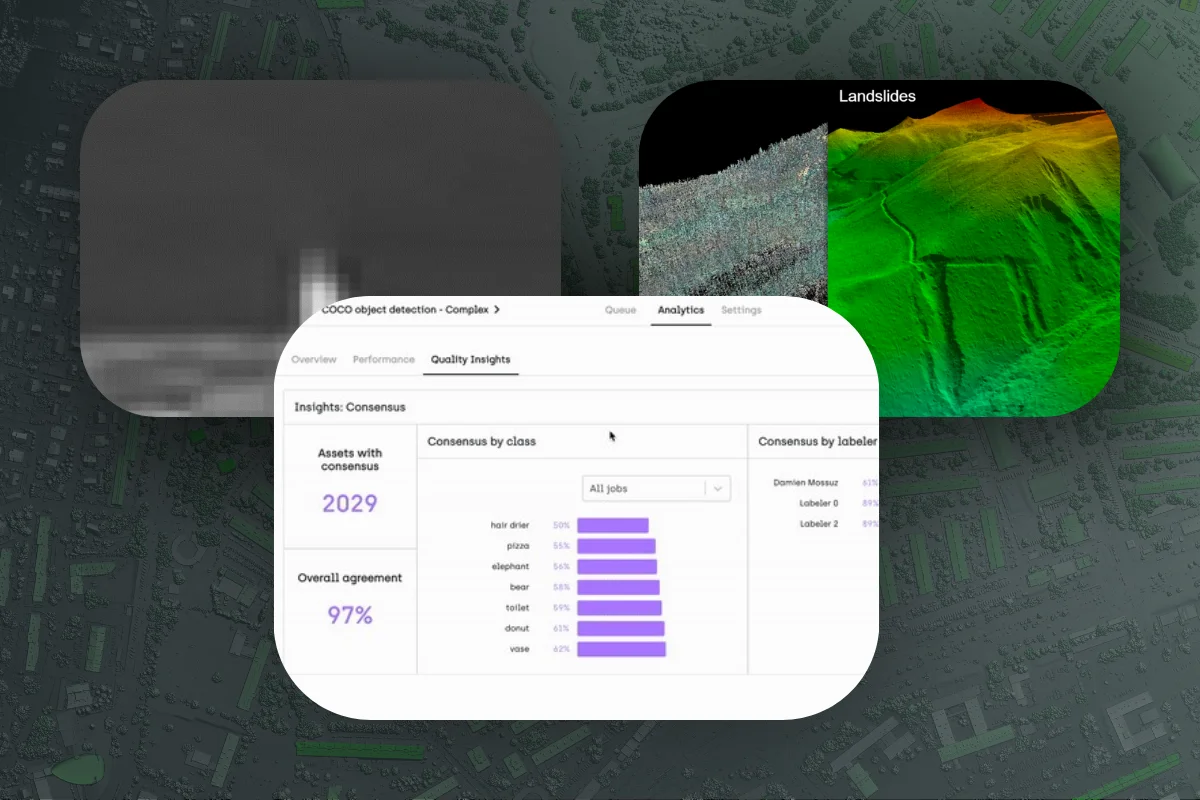What Works in Geospatial AI: An Expert Analysis
This article synthesizes insights from Kili Technology's recent geospatial AI roundtable discussion featuring industry experts from government, consulting, and technology sectors. Our panelists shared real-world implementation experiences, revealing critical gaps between AI promises and production realities while providing actionable guidance for organizations evaluating their geospatial AI strategies.


.svg)





.svg)
.svg)






.png)

